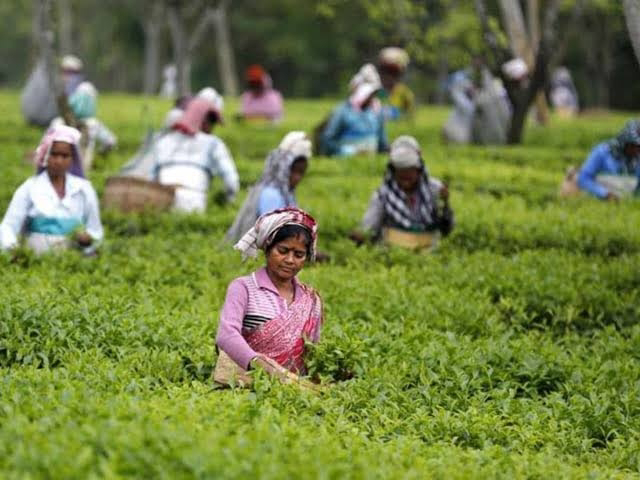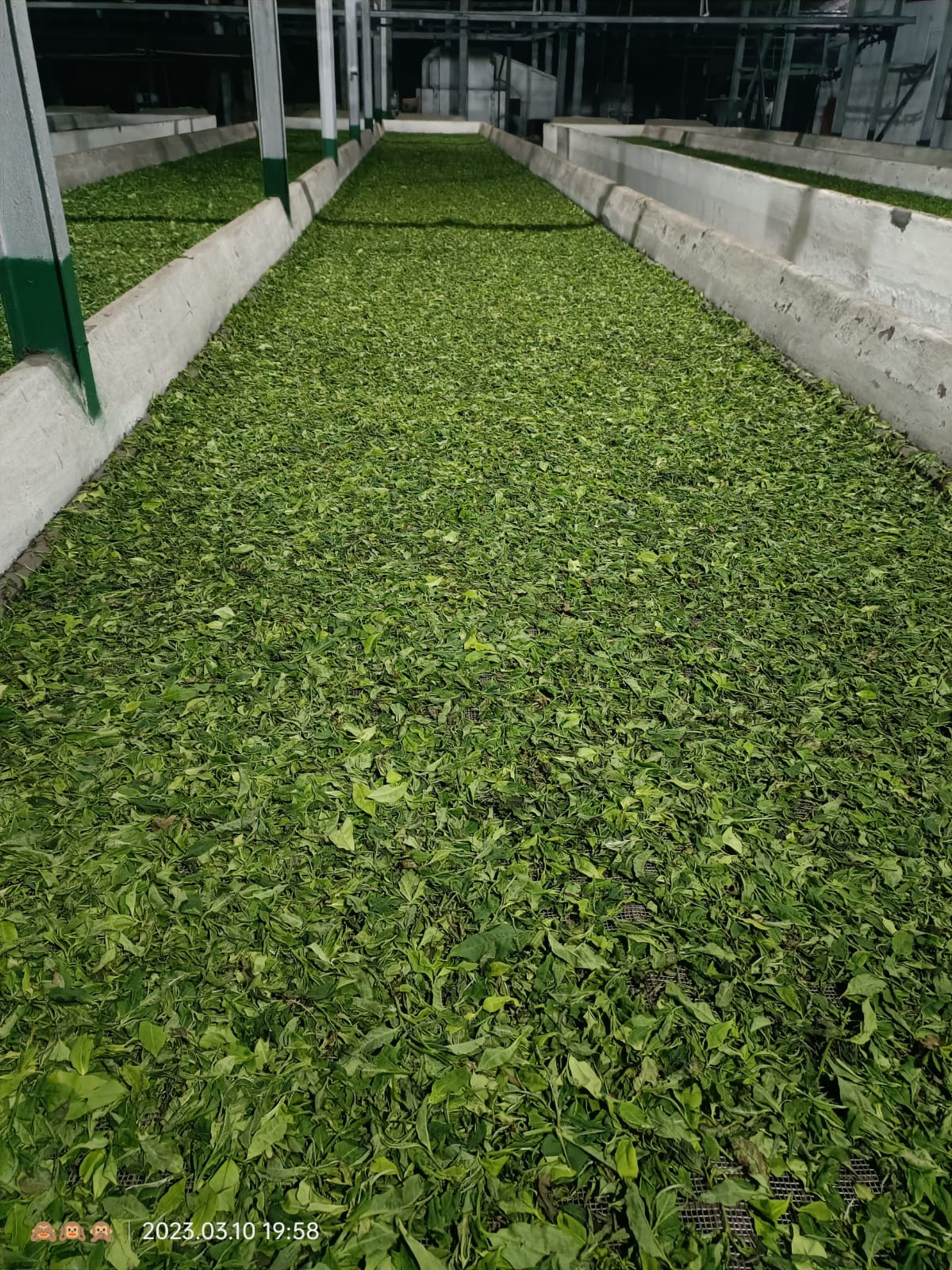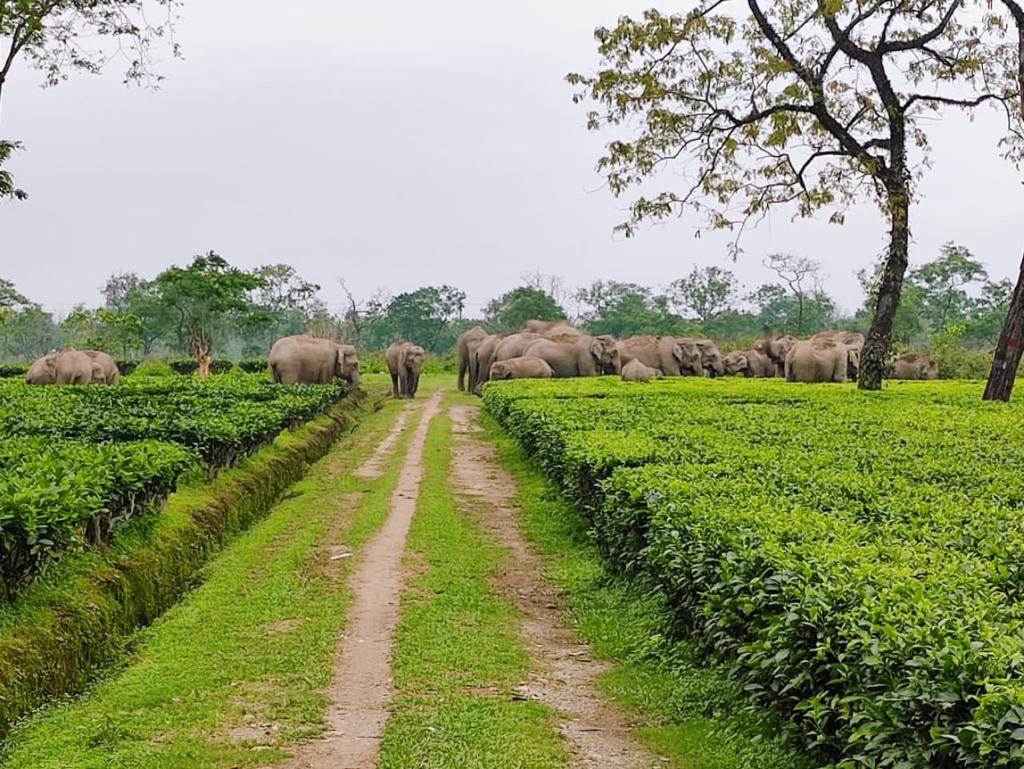sustainability in Indian TeaIntroduction:
The Indian tea sector is a significant player in the global tea industry, renowned for its rich heritage and diverse range of tea offerings. With sprawling tea plantations spread across regions like Assam, Darjeeling, and Nilgiri, India is one of the world's largest tea producers and exporters. The sector provides employment to millions of workers, contributing to rural livelihoods and socio-economic development. Indian tea is known for its distinct flavors, including the bold and malty Assam tea, the delicate and aromatic Darjeeling tea, and the fragrant Nilgiri tea. However, the industry faces challenges such as sustainability concerns, changing consumer preferences, and market competition. Embracing sustainable practices, fostering worker welfare, and promoting quality certifications are crucial for the Indian tea sector to thrive in the global market while preserving its cultural significance and environmental resources.As the industry faces various challenges, it becomes imperative to embrace sustainability as a strategic approach. Sustainability not only ensures the long-term viability of tea plantations but also contributes to environmental conservation and social well-being. In this blog, we will explore a comprehensive strategy for promoting sustainability in the Indian tea sector, focusing on environmental practices, social initiatives, certifications, and collaborations.
Environmental Sustainability
Adoption of organic farming practices:
Organic farming offers numerous benefits, such as improved soil health and reduced chemical residues. One remarkable example is the Makaibari Tea Estate in Darjeeling, which has been practicing organic farming since the 1980s. Another example is Boisahabi Tea Estate in Assam. By adopting organic methods, they have not only preserved the natural ecosystem but also enhanced the quality and flavor of their teas.
Integrated pest management techniques:
Implementing integrated pest management (IPM) methods minimizes the use of chemical pesticides. The Ambootia Tea Group in Darjeeling and Boisahabi Tea Estate in Assam stand as a shining example of successful IPM implementation. Through biological control methods, they have significantly reduced pesticide usage, leading to a healthier environment within their tea gardens.
Biodiversity conservation:
Preserving biodiversity within tea estates is vital for ecosystem balance. The Glenburn Tea Estate in West Bengal has taken proactive steps to conserve biodiversity. They have established nature trails and initiated reforestation projects to safeguard habitats, ensuring the coexistence of tea cultivation and wildlife.
Water conservation strategies:
Water scarcity is a pressing concern, and tea plantations must adopt sustainable water management practices. The Boisahabi Tea Estate in Assam has implemented rainwater harvesting and optimized irrigation systems to reduce water consumption. These efforts have not only conserved water resources but also ensured their availability for local communities.
Social Sustainability
Fair wages and worker welfare:
Ensuring fair wages and providing safe working conditions are crucial for the well-being of tea workers. The Halmari Tea Estate in Assam prioritizes worker welfare by offering housing, healthcare, and education facilities. Their commitment to fair labor practices has improved the quality of life for their workers and created a harmonious work environment.
Empowering tea workers through education and skill development:
Education and skill development programs empower tea workers for better opportunities. The Duncans Goenka Group's Skill Development Centers provide training in various fields, equipping workers with valuable skills to enhance employability and contribute to their personal growth.
Gender equality and women's empowerment:
Promoting gender equality and empowering women in the tea sector is essential. Initiatives like the Manjushree Self Help Group in Kerala support women tea pluckers by providing training and assistance to start small businesses. These efforts not only uplift women but also foster inclusivity and equality within the industry.
Certification and Collaboration
Importance of certifications and standards:
Certifications like Rainforest Alliance, Fairtrade, and Ethical Tea Partnership play a vital role in ensuring sustainability. The Poabs Organic Estates in Kerala, for instance, has obtained Rainforest Alliance certification, validating their commitment to sustainable practices. Such certifications enhance market access and build consumer trust.
Collaborative initiatives for sustainability:
Collaboration among tea companies, NGOs, and government bodies is instrumental in driving sustainability. The Trustea program, a multi-stakeholder initiative in India, promotes sustainable tea cultivation and works towards improving social and environmental standards. Collaborative efforts like these pave the way for a more sustainable and inclusive tea industry.
Conclusion:
The Indian tea sector has the potential to lead the way in sustainable practices, balancing economic growth with environmental stewardship and social progress. By adopting a comprehensive strategy for promoting sustainability, tea planters, managers, growers, and all stakeholders can contribute to a thriving and resilient industry.
Through the adoption of organic farming practices, such as those implemented by the Makaibari Tea Estate, we can reduce reliance on synthetic inputs and protect the health of both the soil and consumers. Integrated pest management techniques, as demonstrated by the Ambootia Tea Group, minimize chemical pesticide use, preserving ecosystem balance and promoting natural pest control.
Conserving biodiversity, as exemplified by the Glenburn Tea Estate, ensures the preservation of habitats and supports the coexistence of tea cultivation and wildlife. Water conservation strategies, like those employed by the Boisahabi Estate, reduce water consumption and secure this valuable resource for present and future generations.
Sustainable practices must also address social aspects within the tea sector. Fair wages, safe working conditions, and worker welfare programs, as implemented by the Halmari Tea Estate, foster a respectful and dignified work environment. Education and skill development programs, like the ones offered by the Duncans Goenka Group's Skill Development Centers, empower tea workers to enhance their livelihoods and pursue personal growth.
Promoting gender equality and women's empowerment, as demonstrated by the Manjushree Self Help Group, ensures equal opportunities and recognition for women in the tea sector, creating a more inclusive and diverse industry.
Certifications, such as Rainforest Alliance, Fairtrade, and Ethical Tea Partnership, provide assurance to consumers that tea production meets rigorous sustainability standards. The certification achieved by Poabs Organic Estates highlights their commitment to sustainable practices and serves as a benchmark for others in the industry.
Collaborative initiatives, such as the Trustea program, foster cooperation among tea companies, NGOs, and government bodies to drive sustainability. By sharing knowledge, resources, and best practices, stakeholders can collectively address the challenges faced by the tea sector and achieve meaningful progress.
In conclusion, a comprehensive strategy for promoting sustainability in the Indian tea sector is essential for its long-term success. By incorporating environmental practices, social initiatives, certifications, and collaborations, tea planters, managers, growers, and other stakeholders can contribute to a more sustainable and resilient industry. Together, we can ensure the preservation of the environment, improve the well-being of tea workers, and meet the growing demand for sustainable tea in domestic and international markets. Let us embrace sustainability as a fundamental pillar of the Indian tea sector, paving the way for a brighter and more sustainable future.



















